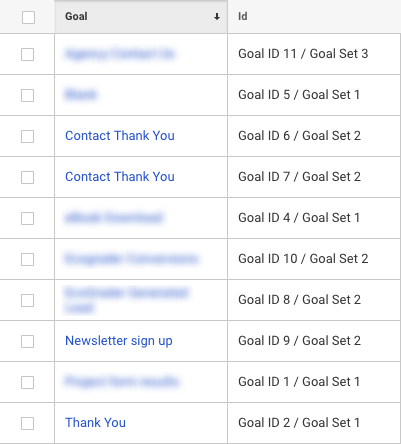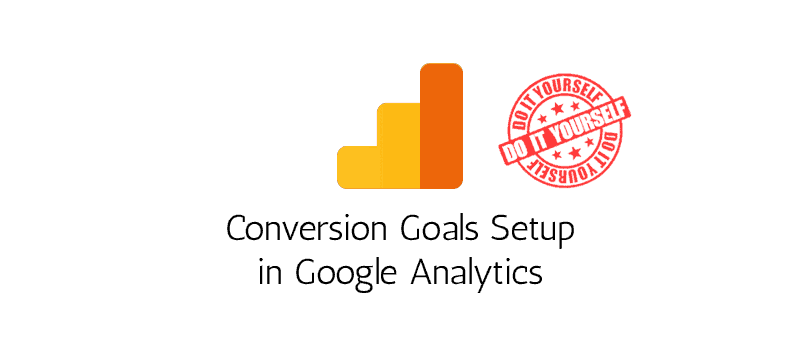Comprehensive Checklist of What Data Is Google Analytics Goals Unable to Track
Comprehensive Checklist of What Data Is Google Analytics Goals Unable to Track
Blog Article
Debunking Google Analytics Limitations: Reveal What Data Goals Can not Track
In the world of electronic analytics, Google Analytics stands as a powerful tool that gives useful insights into internet site efficiency and customer actions. However, in the middle of its capabilities, there exist restrictions that typically go undetected. Recognizing what Google Analytics can not track is critical for a detailed grasp of data interpretation and decision-making processes. From the details of individual communication with dynamic content to the complexities of cross-device individual trips, these limitations dropped light on areas that may continue to be obscured from conventional analytics perspectives. By untangling these restrictions, a more clear photo arises, allowing for more educated approaches and refined understandings into user engagement and conversions.

Individual Interaction With Dynamic Web Content
User interaction with vibrant content plays a crucial duty in recognizing individual actions on web sites and optimizing the total user experience. By tracking user interactions with vibrant web content, website owners can get important understandings into individual involvement, preferences, and habits - what data is google analytics goals unable to track.
Google Analytics uses various tools to track user communications with dynamic material, such as event monitoring and online pageviews. Occasion monitoring enables you to check particular customer actions, like clicking a switch or seeing a video clip, providing information on exactly how individuals communicate with vibrant elements.
Cross-Device Individual Journeys
Exactly how can contemporary analytics devices track the complicated paths customers take across several devices in their on-line journeys? Cross-device individual journeys provide a significant challenge for tracking and examining user actions properly. As users engage with websites or apps utilizing different devices such as tablet computers, smartphones, and desktops, it comes to be important to comprehend exactly how they move between these platforms to optimize customer experience effectively.
Google Analytics encounters constraints in tracking cross-device user journeys because of privacy concerns and technical restrictions - what data is google analytics goals unable to track. While it can give insights right into private tools' communications, tracking a smooth user journey throughout numerous tools continues to be a challenge. This limitation can cause insufficient information and fragmented individual insights, making it hard for services to create a unified view of the client trip
To address this issue, organizations can utilize innovative analytics devices that provide cross-device tracking capacities, enabling them to gain an extra all natural understanding of customer habits. By leveraging these devices, companies can connect the void in tracking cross-device user trips and optimize their digital methods for a smooth user experience.
Offline Conversions and Attribution
As services browse the obstacles of tracking cross-device user journeys, another essential element to think about is the realm of offline conversions and attribution in the realm of information analytics. While Google Analytics provides useful understandings into on the internet customer actions, it fails when it involves tracking conversions that happen offline. This restriction postures a significant challenge for companies that have both online and offline sales channels.
Offline conversions, such as purchases made in physical shops or via telephone call facilities, are vital to recognizing the complete client journey. Without the capability to attribute these offline conversions to details on the internet interactions, businesses may battle to properly determine the impact of their digital marketing initiatives.
To address this gap, services can explore different remedies such as integrating CRM systems with on the internet analytics devices or discover here making use of one-of-a-kind coupon codes that can be traced back to on the internet projects. By connecting the void in between online and offline information, services can acquire a much more comprehensive understanding of their clients' actions and boost their general marketing strategies.
Person Customer Identification
In the world of information analytics, the ability to properly determine specific users throughout different on the internet touchpoints is a critical difficulty for businesses looking for to individualize and enhance their marketing strategies. While Google Analytics gives useful understandings into customer behavior see it here and communications, it falls brief in making it possible for the recognition of particular individuals as a result of privacy problems and technical constraints. Google Analytics uses unique identifiers such as cookies to track user sessions and habits, but these do not equate to recognizing private users in a personal sense.

Data From Secure Pages
Despite the raising frequency of protected pages on internet sites, obtaining information from these encrypted sources presents an unique obstacle for electronic analytics platforms like Google Analytics. Safeguard pages, suggested by HTTPS in the link, encrypt information traded in between the user's web browser and the site's web server to guarantee personal privacy and safety. While this encryption is important for shielding delicate details, it additionally poses constraints for tracking customer actions and event analytics data.
Google Analytics encounters barriers in gathering comprehensive details from secure web pages as a result of the encryption methods in position. Therefore, particular information factors such as referral resources, keyword searches, and also some user interactions might not be completely caught when customers access a website with a secure link. This limitation can impact the accuracy and completeness of the information evaluation, bring about voids in recognizing user behavior and preferences on safe pages.
To browse this challenge, electronic experts might need to check out alternate tracking methods or take advantage of various other devices specifically developed to collect understandings from safe and secure web pages. By adapting methods to fit these limitations, services can still derive useful analytics despite the restraints provided by encrypted connections.
Final Thought
In verdict, Google Analytics has limitations in tracking individual communication with vibrant content, cross-device user trips, offline conversions, specific customer identification, and information from safe and secure web pages. These restrictions hinder a detailed understanding of individual behavior and might result in voids in information analysis. Regardless of its useful understandings, Google Analytics might not supply a full image of user interaction throughout various touchpoints. It is important for companies to be knowledgeable about these restrictions and take into consideration supplementary devices for a much more alternative sight of their data.
Individual interaction with dynamic content plays a critical duty in comprehending individual actions on sites and maximizing the total customer experience. By tracking customer communications with dynamic content, web site proprietors can get valuable insights right into user involvement, choices, and habits.
Google Analytics makes use of special identifiers such as cookies to track user sessions and habits, however these do not correspond to recognizing private users in a personal sense.
As a result, specific data points such as referral sources, keyword searches, and even some user interactions might not be completely recorded when individuals access an internet site with a safe and secure connection.In final thought, Google Analytics has restrictions in tracking customer communication with vibrant material, cross-device customer trips, offline conversions, specific user recognition, and data from safe web pages.
Report this page